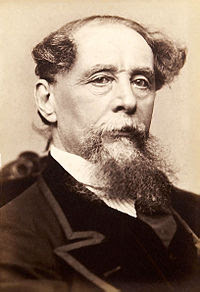Reading and writing about
Pushcart's Complete Rotten Reviews & Rejections has led me to reflect on my own long career, some 46 years, reviewing books. Have I ever been guilty of panning a book that later achieved greatness, or something close to that?

The closest I have come, in my memory, was my negative review of John Irving's
The World According to Garp. I just didn't like the novel and said so, then was surprised, and more than a little disappointed, when it won critical acclaim, became a bestseller and was turned into a successful movie. I still think I was right and everybody else was wrong.
More embarrassing to me are those books I praised as literary achievements that went nowhere and soon disappeared from the scene. Two that come to mind are
The Blue Nature by Suzanne Hamilton Free and
This Heavy Silence by Nicole Mazzarella. I thought these novels, especially the latter, were terrific. When I checked Amazon today I found no evidence that either author has ever written a second book.
The Blue Nature, published in 1989, remains available on Amazon, although they have just one copy left of both the hardbound and paperback. Several copies of
This Heavy Silence, published in 2005, remain in stock. So it's not too late to get a copy of each. Once they are gone, I'm afraid, they will be gone.
I happened to meet both of those authors, Free before I wrote my review and Mazzarella afterward. Free was the wife of the pastor of the Presbyterian Church in Athens, Ohio, where my in-laws were members. I attended the church when in town and noticed the Rev. John Free's pretty wife sitting primly in the front pew. I believe I shook her hand at least once. I never realized the author and this Athens woman were one and the same until my mother-in-law sent me a clipping from the Athens Messenger, where I had once worked, citing my glowing review of
The Blue Nature. Apparently I was the only reviewer who thought so highly of it.
As for Mazzarella, she grew up near Mansfield, Ohio, where I was working at the time I reviewed her book. I got to meet her at the public library when she made a promotional appearance there.
I don't regard my assessment of these two novels as mistakes, but just differences of opinion. More embarrassing, in retrospect, is my enthusiastic praise for
This Way Madness Lies by Thomas William Simpson in 1992. I wasn't alone. Fay Weldon, Nelson DeMille and Stephen Birmingham also praised the novel. I didn't like Simpson's next novel,
The Gypsy Storyteller, nearly as much, and I thought
Full Moon Over America was terrible. He has had several other novels published since, but none has made much of a splash, to my knowledge. In fact, I didn't even know they existed until I did an Amazon search. If I was wrong about that first novel, at least I had some company.
Sometimes in my career I got it exactly right, I am proud to say. My high praise for Larry McMurtry's
Lonesome Dove and Michael Shaara's
The Killer Angels, both prize winners, turned out to be shared universally by critics and readers alike. A blurb from my review of Shaara's novel was carried in the paperback for years.














